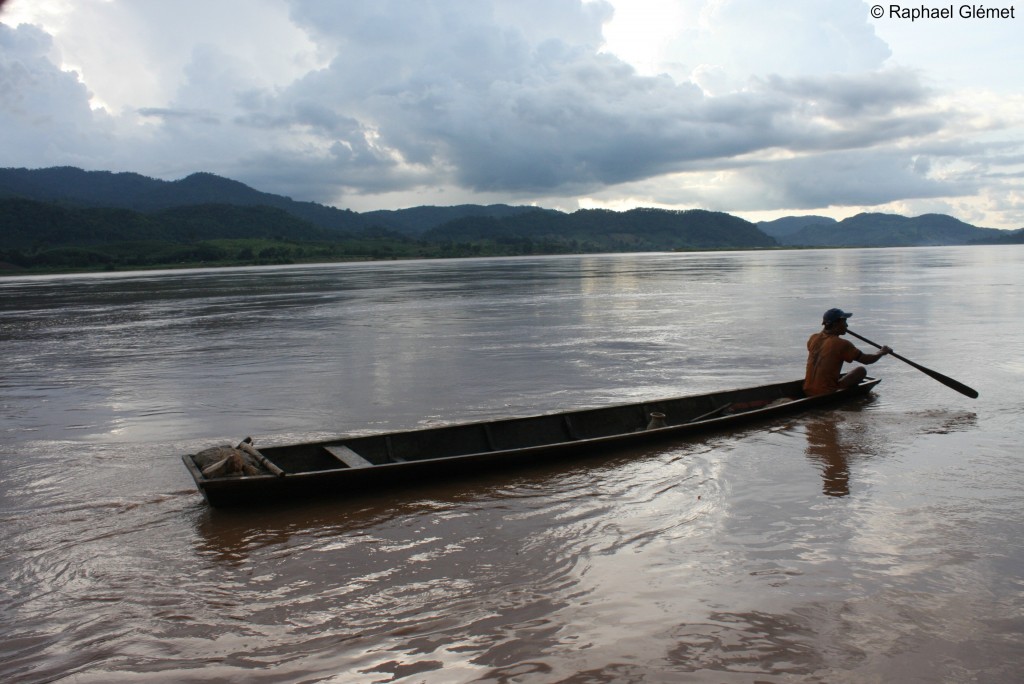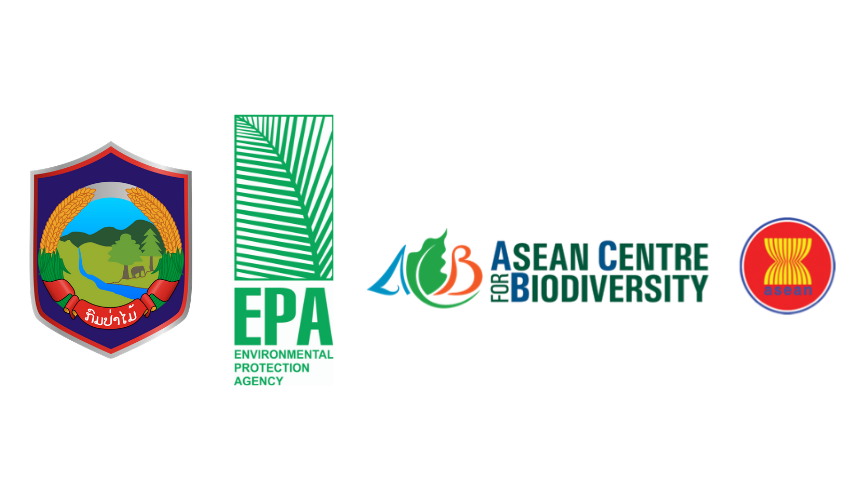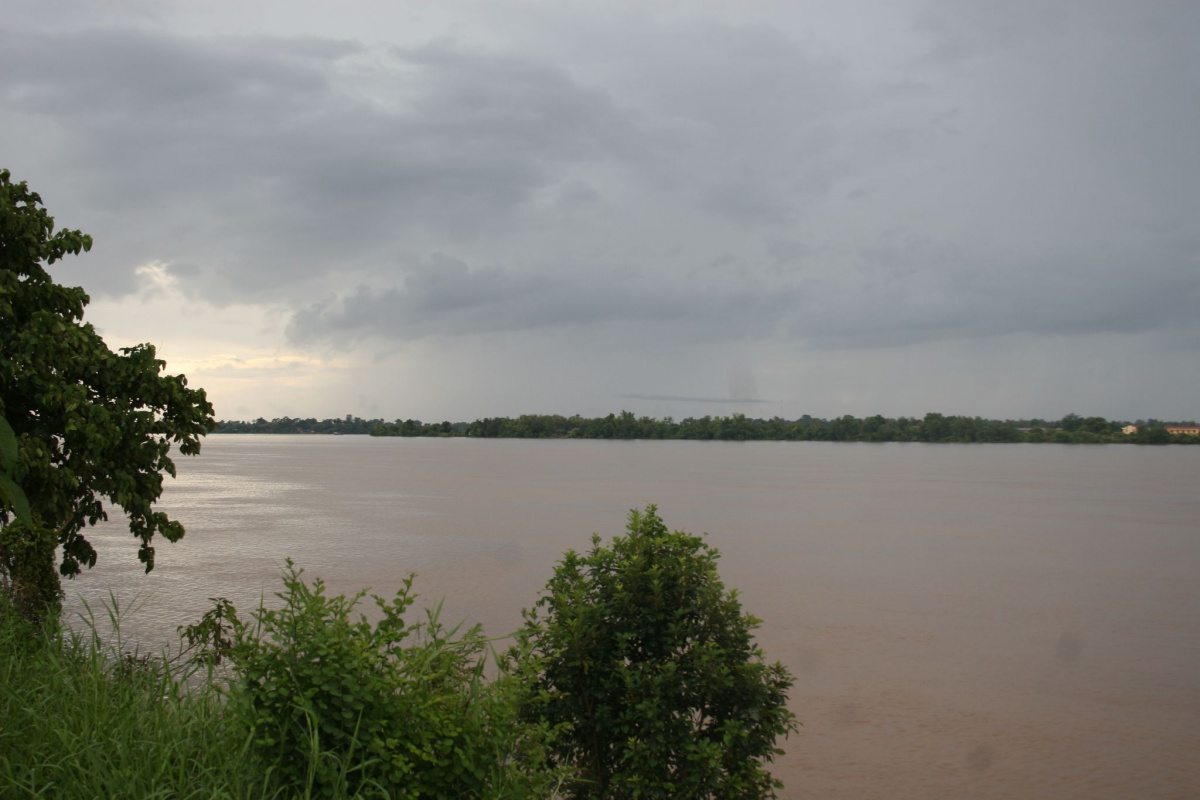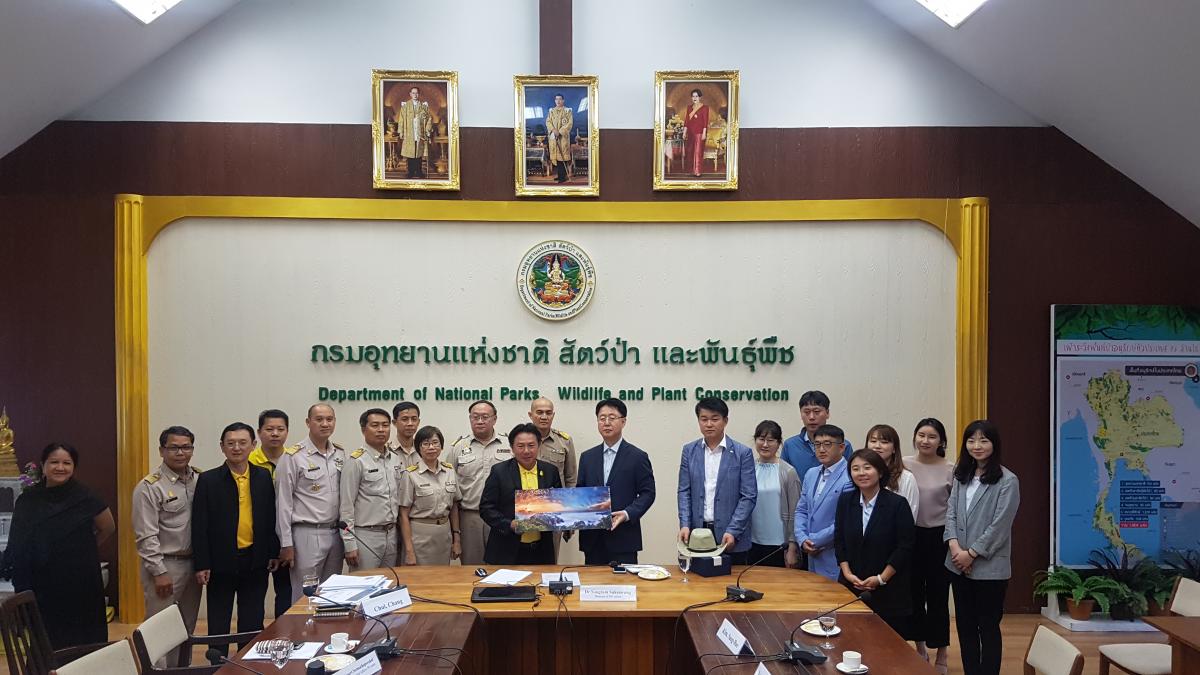Significant development of the Mekong triggers study of conservation priorities
The Mekong, which runs through six countries – Cambodia, China, Lao PDR, Myanmar, Thailand and Viet Nam – is of fundamental cultural, ecological and economic importance to the entire Mekong region. What stands to be gained from the river’s development for economic purposes is as great as the ecosystem services and values that can be lost as a result. This fine balance needs to be addressed on a regular basis.
Since the ‘Development Plan of International Navigation on the Lancang-Mekong River (LMDP) 2015-2025’ was set in motion, the plight of the Mekong has received increased attention.
The plan calls for the modification of the Mekong River to carry increased shipping, trade and passenger transport from Yunnan province in China to Luang Prabang in Lao PDR. In order for this to happen, developers are proposing to construct three cargo ports in the provinces of Xieng Kok, Pak Beng and Luang Prabang in Lao PDR. They are also proposing to remove 146 rapids and shoals to allow navigation for up to 500DWT vessels, and construct four emergency response and rescue ships, as well as 1199 navigational aids.
The LMDP was developed by the Joint Committee on Coordination of Commercial Navigation (JCCCN) on the Lancang-Mekong River, which comprises representatives from China, Lao PDR, Myanmar and Thailand. This coordinating mechanism was created when the parties signed an MOU concerning the implementation of the quadripartite agreement on commercial navigation on the Lancang-Mekong River in 2001.
The impact of the project will be substantial. Port construction, increased waterway use and the removal of rapids and shoals may destroy critical habitats for fish and other aquatic species. As the LMDP does not include an environmental management plan, the Critical Ecosystem Partnership Fund, a grant making mechanism led by IUCN in the Indo-Burma region, allocated a grant to the International Centre of Environmental Management (ICEM), to conduct an Environmental Study of the LMDP from the Golden Triangle to Luang Prabang. The Environmental Study will lay the foundations for an environmental management plan that will be integrated into the LMDP. The study also aims to enhance the capacities of relevant Lao and Thai agencies to conduct environmental assessments.
Much is at stake when choices regarding the development of the river are made, and such decisions are often characterised by complex and influential interests. The LMDP is no different. During the scoping phase of the Environmental Study, it became evident that the Lao PDR Government would initiate the process of implementing the Pak Beng Hydropower Project, which aims to build an 815 MW run-of-river gate dam and reservoir. The dam is to be located on the Mekong River 14km upstream of Pak Beng town.
As part of the Environmental Study, an assessment will be conducted on the Pak Beng HPP reservoir to assess the cumulative and trans-boundary impacts of the LMDP and Pak Beng HPP Hydropower Project.
In order to do this, the Environmental Study calls for the engagement of local communities, civil society, research institutes and governments in this rapid assessment of the potential impacts of the LMDP and Pak Beng HPP. This will ensure that complete information on ecological sustainability is available to decision makers on river basin development matters. The Environmental Study aims to garner the support of Mekong countries to ensure the potential impacts of the LMDP and Pak Beng HPP are managed through appropriate avoidance, enhancement and mitigation measures. It will promote the adoption of an environmental management framework that safeguards the effective management of the target reaches of the Mekong River between Chiang Saen and Luang Prabang (divided into three sections: Chiang Saen to Huay Xay; Huay Xay to Pak Beng; and Pak Beng to Luang Prabang).
The Environmental Study has been making steady progress with the first stakeholder workshop taking place in November as part of the 2016 Greater Mekong Forum on Water, Food and Energy. The event provided ICEM with the opportunity to present initial findings and discuss the initial baseline with a broad audience from the region.
ICEM has also completed a report which identifies key issues for biodiversity and navigation developments between the Golden Triangle and Luang Prabang, including the initial spatial analysis, data and literature review and design of field assessments for each of the key themes.
To stay up to date with the ES of the LMDP process, visit www.icem.com.au. For more details, and to access the Stakeholder Workshop presentations, visit the ES of the LMDP project page.
Founded in 2000, the Critical Ecosystem Partnership Fund is a global leader in enabling civil society to participate in and benefit from conserving some of the world’s most critical ecosystems by providing grants for organisations to help protect biodiversity hotspots, Earth’s most biologically rich yet threatened areas. CEPF is a joint initiative of l'Agence Française de Développement, Conservation International (IUCN Member), the European Union, the Global Environment Facility, the Government of Japan (IUCN State Member), the MacArthur Foundation and the World Bank.
IUCN is leading the second phase of CEPF's work in the Indo-Burma hotspot, working together with the Myanmar Environment Rehabilitation-conservation Network (MERN) and Kadoorie Farm and Botanic Garden (KFBG) to form the CEPF Regional Implementation Team (RIT).






